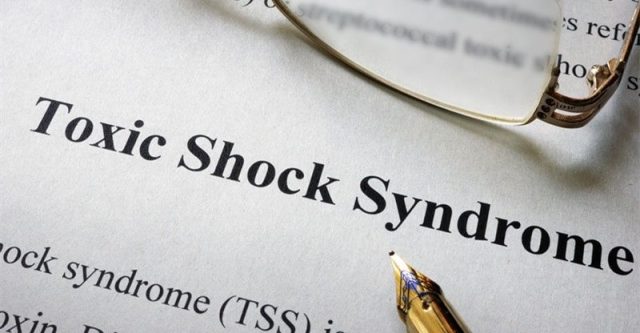Understanding Toxic Shock Syndrome (TSS)
Toxic Shock Syndrome (TSS) is a rare but dangerous condition caused by toxins entering the bloodstream. While it became well-known in the 1980s for its link to tampon use, TSS can happen in other situations too. This article explains what TSS is, its causes, and how to prevent it.
What Is Toxic Shock Syndrome?
TSS is a serious illness caused by certain bacteria, mainly Staphylococcus aureus and Streptococcus pyogenes. These bacteria release toxins that can harm multiple organs and even lead to organ failure.
In the 1980s, many cases were tied to high-absorbency tampons, leading to better tampon safety guidelines. Today, many people also use alternatives like pads, menstrual cups, and reusable cloth options.
A Brief History of TSS
TSS first gained attention in the late 1970s and early 1980s when young women using super-absorbent tampons developed the condition. Research confirmed the connection, leading to safer tampon materials and usage advice. As a result, TSS cases related to menstruation have dropped significantly.
What Causes Toxic Shock Syndrome?
TSS happens when certain bacteria (usually Staphylococcus or Streptococcus) enter the bloodstream and release harmful toxins. These bacteria normally live harmlessly on the skin or in the nose but can cause infections under certain conditions.
Who Is at Risk?
- Tampon users – Especially if left in too long or using high-absorbency types.
- People with recent surgery – Wounds can let bacteria enter the bloodstream.
- Those with skin infections or burns – Open wounds increase risk.
- Individuals with nasal packing – Long-term use may raise TSS risk.
- After childbirth or miscarriage – These can create conditions for TSS.
- People with recent viral infections – A weakened immune system makes infections more likely.
Symptoms of TSS
TSS symptoms can be similar to other illnesses, making it hard to diagnose. Watch for:
- Sudden high fever
- Low blood pressure
- Vomiting or diarrhea
- Severe muscle pain
- A sunburn-like rash (especially on palms & soles)
- Red eyes, mouth, or throat
- Confusion or dizziness
- Seizures (in severe cases)
If you suspect TSS, seek medical help immediately.
How Is TSS Diagnosed?
Doctors will check symptoms, review medical history, and run blood tests to detect toxins or bacteria. They may also take swabs from wounds, the throat, or vagina to identify the bacteria.
How to Prevent TSS
Safe Tampon Use Tips:
- Use the lowest absorbency needed.
- Change every 4-8 hours (even if flow is light).
- Try pads at night or on lighter days.
- Switch between tampons and pads.
- Always wash hands before and after use.
Other Prevention Tips:
- Keep wounds clean and covered.
- Follow proper wound care after surgery.
- If using nasal packing, follow doctor’s instructions.
- Clean menstrual cups properly.
Final Thoughts
TSS is rare but serious. While tampon use was a major concern in the past, proper hygiene and safe practices can greatly reduce risk. Knowing the symptoms and acting fast can save lives. Stay informed and take precautions to protect yourself.






























